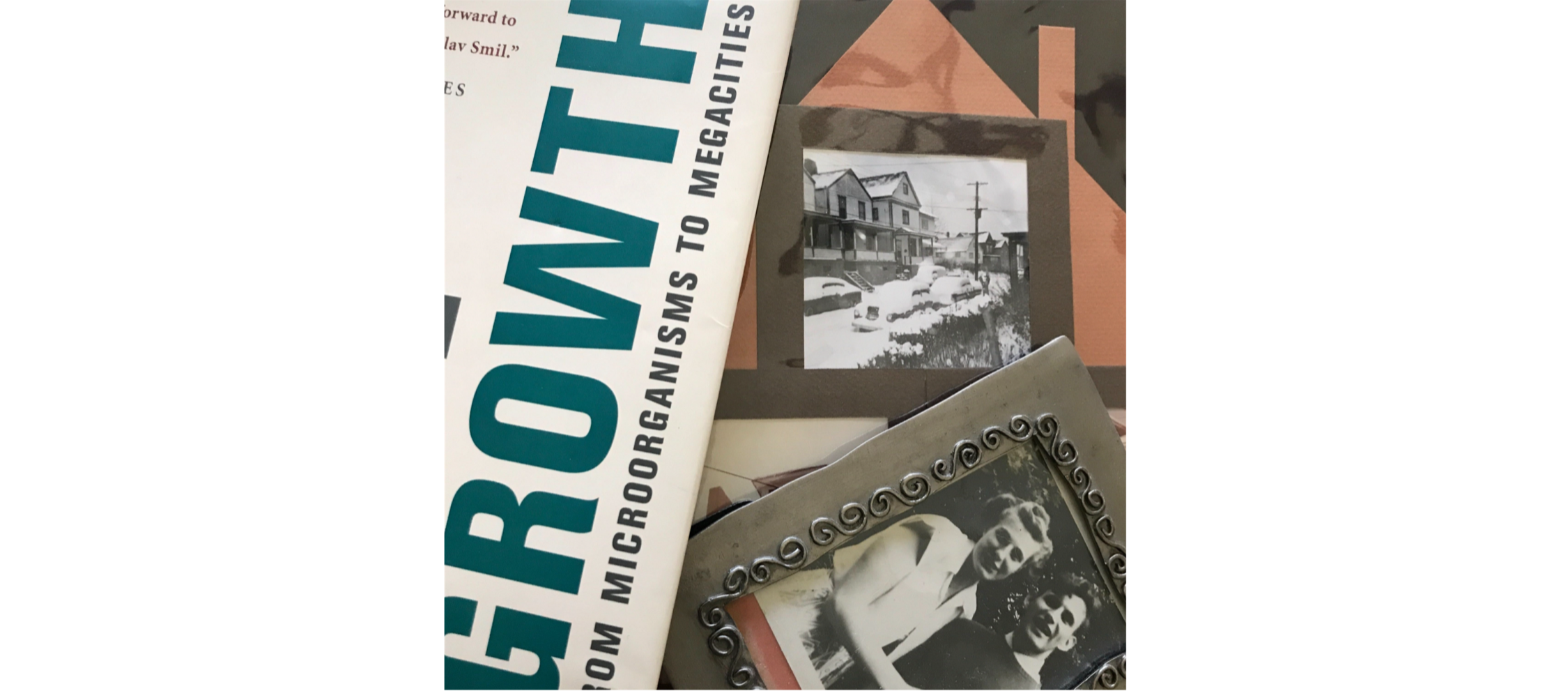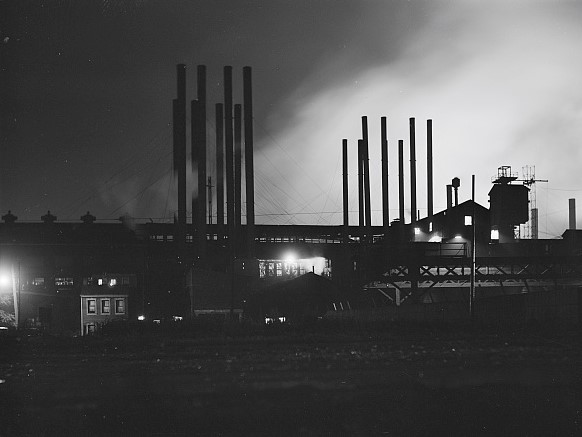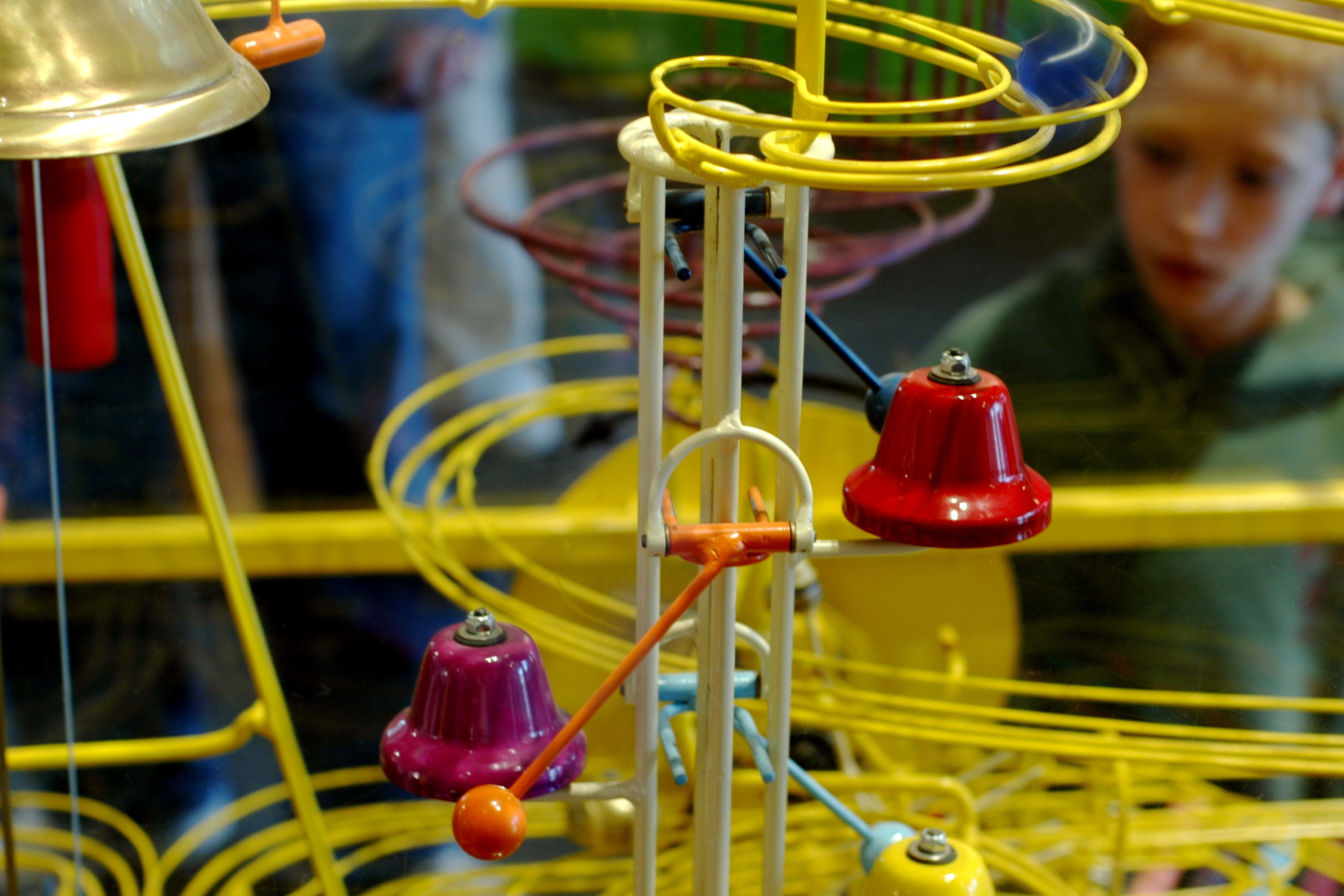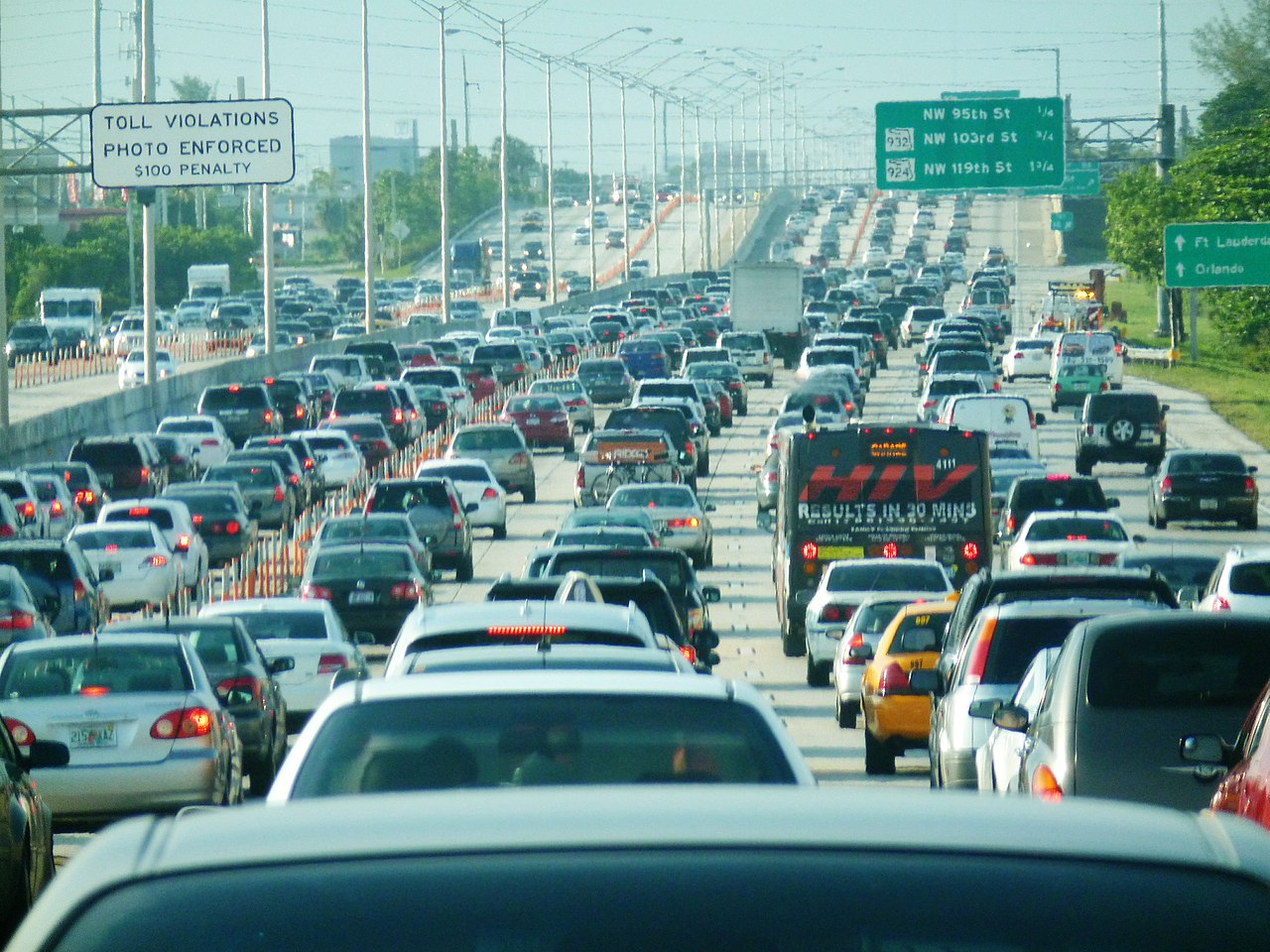
Could we live like our grandparents? On what to keep and what to leave behind after COVID
The task at hand is not to “go back” to life in the 1960s or 1970s. The challenge, rather, is to envision a lifestyle and economy that lives within material and energy constraints similar to what my grandparents might have experienced, but can still be, in important ways, better.

I’ve just finished Vaclav Smil’s book Growth, which tracks patterns in the growth of … well, almost everything – bats, microbes, gas turbines, cities, empires – in an attempt to process the mechanics and meaning of growth in our world.
I had been intending to read the book ever since I’d seen an interview with Smil in the Guardian that included the following quote:
“We could halve our energy and material consumption and this would put us back around the level of the 1960s. We could cut down without losing anything important. Life wasn’t horrible in 1960s or 70s Europe. People from Copenhagen would no longer be able to fly to Singapore for a three-day visit, but so what? Not much is going to happen to their lives.”
Those of us enduring the coronavirus lockdown may have a new perspective on the matter. Consuming and traveling in the way we did pre-COVID has been impossible, even for those of economic means. And while the third month of the crisis has left many of us pining for the pieces of the pre-COVID world we miss the most (the thought of a clear spring day at Fenway Park makes me almost want to dissolve with regret), it is a good time to reflect on Smil’s question: Is it possible to envision a purposeful reduction in the energy and materials consumption of affluent people in affluent societies?
I consider Smil’s challenge through a very personal lens: The experience of growing up with my grandparents in the late 1970s and early 1980s.
My grandparents were Depression-era kids and shared their generation’s disposition toward frugality. Food was usually generic or the supermarket brand. Clothes came from the local discount department store. Cars were domestic and cheap (my memory is of a succession of mud brown and barf green Plymouth Volares occupying the street in front of the house.) Eating out was a rarity. And my grandparents almost never traveled – I was in my teens before I ventured more than a couple hundred miles from home; 16 before I got on an airplane. Entertainment was TV or a hobby.
Yet, my grandparents also had the resources to raise four children to adulthood and send them all to parochial schools on the single income of a union bakery worker. Nobody lacked for food, clothes or the other necessities of life. They were generous to others and to the institutions that sustained their Catholic faith. And when one of their children needed a loan to buy a house, or help caring for an awkward, bespectacled grandchild, they were able to provide.
I can’t say whether my grandparents were happier or more fulfilled in their lives than I am in mine. But it is true that across society, Americans are less happy than they were in the 1970s – despite the aggregate growth in material wealth we have experienced since then.
Let me be clear, though: I’m not here to hold up the lifestyle of middle-income people in 1970s Pittsburgh, Pennsylvania, as the pinnacle of human existence.
Because there was lots about life at that time that is well worth leaving behind. The variety and quality of food available today is light-years better than it was then. Television – despite my generation’s nostalgia for it – was truly a vast wasteland. Our tight-knit, walkable community was great, but it also harbored its share of dark secrets. And my kids have grown up – through education, travel and the internet – to gain a deeper and richer understanding of the world than I ever could have at their age.
Even environmentally – which is where much of the impetus for downshifting of lifestyles comes from – my grandparents’ lives were not ideal. Their three-bedroom brick home was a massive energy waster – the building shell porous, the lights incandescent. Recycling wasn’t a thing. The fuel economy on that Plymouth Volare? Not so hot.
Modernization has produced many good changes. I am mostly happy that computers exist, that Spotify gives me access to most of the world’s music at the click of a mouse, and that if quarantine prevents me from visiting those I love, I can at least still see them in video chat.
Smil’s challenge, therefore, is both hyper-relevant in one way and beside the point in another. The coronavirus shutdown has forced me (as it has many others) to rethink what is essential and what can be left behind, and to have a renewed appreciation for the joys of living a somewhat smaller, slower life. It is more possible for me to envision living the life of my grandparents than it was two months ago.
Yet, the task at hand is not to “go back” to life in the 1960s or 1970s. The challenge, rather, is to envision a lifestyle and economy that lives within material and energy constraints similar to what my grandparents might have experienced, but can still be, in important ways, better.
That ought to be possible. It’s at least worth imagining. Indeed, with all the technological learning of the last 40 years, we would enter that new economy with a head start. Imagine, for example, if automakers channeled the technological improvements of recent decades into improving fuel economy rather than building ever-bigger, ever-more powerful SUVs. Now imagine if – in addition to having more efficient engines – those vehicles were also smaller and lighter; that we drove them about the same number of miles the average American did in 1978 (about 30% less than today), and that more of us had one car instead of two. The possibilities for transformative change quickly become apparent.
As the COVID crisis hopefully begins to wind down, America will face a choice between a policy approach aimed at “stimulus” – with an exclusive focus on maximizing aggregate economic growth – and a policy approach that envisions “recovery” in a broader way, to include recovery not just from the economic damage incurred since mid-March but also from the deeper damage that the pre-COVID economy inflicted on our communities, our local economies, and our environment.
As Smil writes in Growth, that deeper shift cannot afford to wait:
“[T]he past practices – pursuit of the highest possible economic growth rates, extending the culture of excessive consumption to additional billions of people, and treating the biosphere as a mere assembly of goods and services to be exploited (and used as a dumping ground) with impunity – must change in radical ways.”
Smil’s challenge to consider what it would be like for at least some of the world’s inhabitants to go back to previous levels of materials and energy consumption provides a bit of hope that those radical changes can be made in ways that are consistent with improving well-being. The possibility that we may be happy (and millennia of prophets might even go so far to say “happier”) living with less should be at the front of our minds as we enter that conversation. For many Americans, the last couple of months have provided an opportunity to rethink the parts of their lifestyles and consumption habits that are essential or beneficial, and the parts that bring little to no value, or even cause harm.
And what is true of our households is also true of our country as a whole. We don’t have to, and in some ways shouldn’t want to go back to the 1960s or 70s. But re-examining how our grandparents lived might help us determine what of the last five decades of economic growth has really been important – and give us the wisdom to make policy choices that will lead our grandchildren to look favorably on how we navigated the COVID crisis and how we recovered from it.
Photo: Margaret St., McKees Rocks, Pa., 2018, photo by the author.
Topics
Authors
Tony Dutzik
Associate Director and Senior Policy Analyst, Frontier Group
Tony Dutzik is associate director and senior policy analyst with Frontier Group. His research and ideas on climate, energy and transportation policy have helped shape public policy debates across the U.S., and have earned coverage in media outlets from the New York Times to National Public Radio. A former journalist, Tony lives and works in Boston.
Find Out More

Beyond the politics of nostalgia: What the fall of the steel industry can tell us about the future of America

Bumbling toward utopia

What’s wrong with the systems we rely on?

